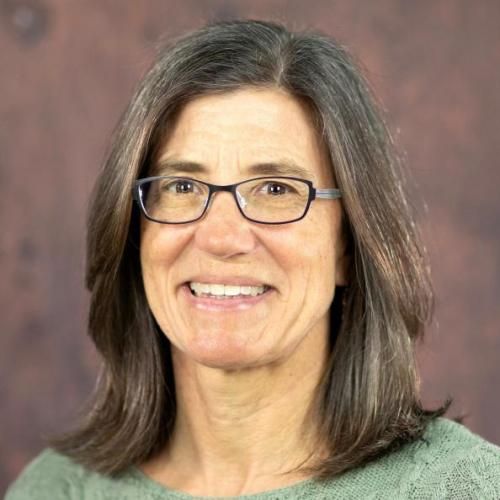Acoustic radiation force based quantification of tissue shear modulus within the region of excitation
The speed of shear wave propagation in tissue is directly related to the tissue's shear modulus. Shear waves can be generated in tissue using focused, impulsive, acoustic radiation force excitations. Shear modulus reconstruction has typically been performed by monitoring shear wave propagation in regions that are spatially offset from the region of excitation (ROE), but such methods require greater radiation forces than methods that work within the ROE. Previously validated 3D FEM models of soft tissue response to impulsive radiation force excitations, coupled with Field II simulations of ultrasonic displacement tracking, were utilized for this work. Simulations were performed for a given focal geometry (Siemens CH41 transducer) for a range of tissue stiffnesses (μ = 1-15 kPa). Linear, elastic, isotropic material properties were assumed, making the time-to-peak (TTP) displacements along the axis of symmetry in the ROE proportional to the tissue's shear wave speed and the excitation beam geometry. Lookup tables specific to an excitation/tracking focal configuration were generated from simulated data, and stiffness estimates as a function of depth were possible using experimental data in calibrated phantoms and soft tissues in vivo, These stiffness estimates were compared with estimates using our previously validated Lateral TTP method. Simulation data indicate that the reconstructed shear moduli are independent of variations in tissue attenuation that impact the spatial distribution of radiation force in the ROE. Phantom reconstructions yielded ROE TTP shear modulus estimates within 0.15 kPa to those using the Lateral TTP method. The axial ROI for each method is similar, but the lateral ROI is ~30x smaller for the ROE TTP method (0.2 vs. 6 mm). The ROE TTP algorithm applied to in vivo data yielded similar mean shear stiffness estimates (μ = 1.7 kPa), but with increased variance (0.9 vs. 0.2 kPa) compared to the Lateral TTP algorithm. Greater displacement magnitudes are present within the ROE compared with spatially-offset locations, producing greater displacement SNR and reducing the acoustic energy needed to generate accurate displacement estimates. Reduced acoustic output leads to decreased transducer and tissue heating. Measuring TTP values within the ROE, instead of at multiple offset locations, also reduces data acquisition times, limiting displacement motion artifacts. The ROE TTP precision is jitter dependent; material shear moduli can be reconstructed within <0.5 kPa. © 2008 IEEE.


